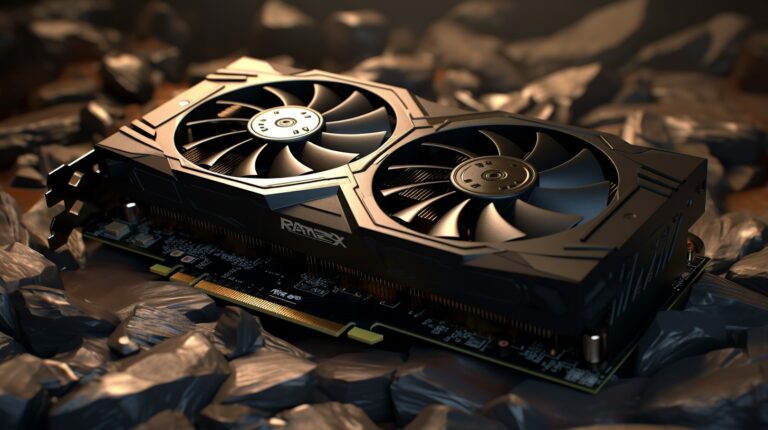Graphics Processing Units (GPUs) are the heart of visual computing. They’re responsible for rendering the beautiful graphics we see in video games, simulations, and other visual applications. But like any piece of hardware, they can run into issues.
A common problem many users face is the fans not spinning. It can be alarming, as these fans play a crucial role in cooling.
Now, I will explore the main causes behind this issue and provide actionable solutions to get those fans spinning again.
The Role of GPU Fans
The primary function of GPU fans is to keep the graphics card cool. As the GPU processes data, it generates heat. Heat, if not dissipated, can lead to performance throttling or even permanent damage.
The fans help in pushing out the hot air and drawing in cooler air, maintaining an optimal temperature. There are mainly two types of GPU fans: axial and blower.
- Axial fans are the most common and are designed to push air across the heatsink and out of the case.
- Blower fans, on the other hand, push air out of the back, making them suitable for smaller cases with limited airflow.
Common Causes for GPU Fans Not Spinning
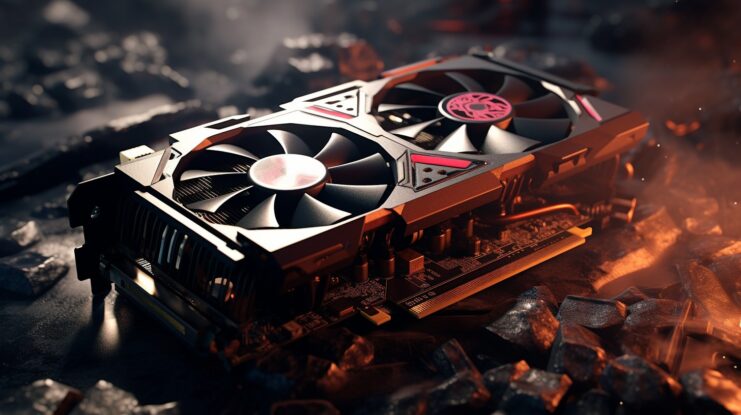
Before diving into solutions, it’s essential to understand the reasons behind the issue. Knowing the cause can help in applying the most effective fix.
- Dust and Debris: Over time, dust and debris can accumulate inside, causing it to get jammed. This is one of the most common reasons for fans not spinning. Dust can clog the fan blades, preventing them from rotating smoothly.
- Faulty Power Connections: It requires power to spin. If there’s an issue with the power connection, the fan won’t receive the necessary power to operate. This can be due to a loose connection, damaged cables, or problems with the PCB.
Troubleshooting and Fixes
Now that we’ve understood the common causes, let’s delve into the solutions. Remember, always turn off and unplug your PC before attempting any fixes.
Cleaning Process
A simple yet effective solution is cleaning. Turn off your PC, remove hardware, and use compressed air to blow away any dust or debris. Ensure you hold the fan blades in place to prevent them from spinning while cleaning.
Checking Power Connections
Inspect the GPU for any loose or damaged power connections. Ensure that the fan’s power cable is securely connected to the GPU. If you notice any damaged cables, consider replacing them or consulting with a professional.
Advanced Troubleshooting Techniques
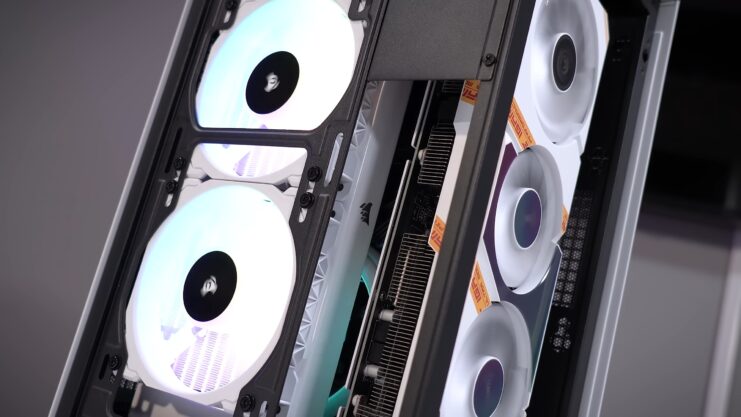
If the basic troubleshooting steps don’t work, it’s time to dive deeper. These techniques require a bit more expertise but can help identify and fix more complex issues.
BIOS/UEFI Settings
Sometimes, the GPU fan settings can be managed from the BIOS/UEFI. Access your motherboard’s BIOS/UEFI and navigate to the hardware monitoring or fan control section. Ensure that the GPU fan settings are set to “Auto” or a similar default setting.
Testing with Another GPU
If you have access to another graphic card, consider swapping it out to see if the issue persists. This can help determine if the problem lies with the GPU itself or another component in your system.
When to Consult Professionals
While many issues can be resolved at home, some problems might be beyond a typical user’s expertise. In such cases, it’s best to consult with a professional.
- Recognizing Limitations: It’s essential to recognize when a problem is beyond your expertise. If you’ve tried multiple solutions and the issue persists, or if you’re uncomfortable performing certain troubleshooting steps, it’s time to seek help.
- Finding a Reliable Technician: When looking for a technician, ensure they have experience with repairing these. Check reviews, ask for recommendations, and ensure they offer a warranty on their work. A good technician can diagnose the issue quickly and provide a cost-effective solution.
Preventive Measures
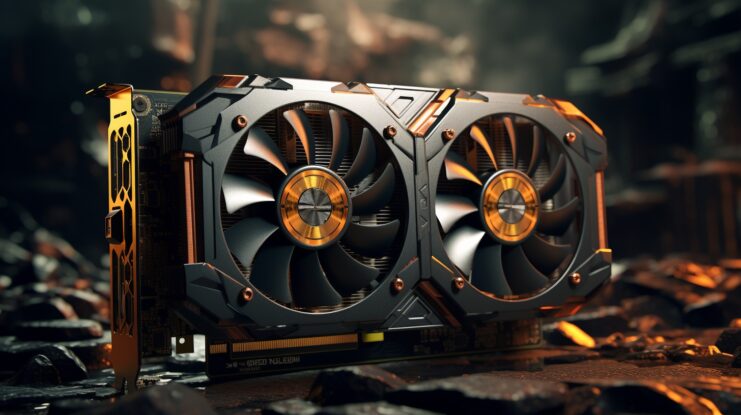
To avoid facing GPU fan issues in the future, it’s wise to adopt preventive measures. These steps can help ensure the longevity and optimal performance of your GPU.
Regular Maintenance
Just like any other piece of hardware, your graphic card requires regular maintenance. Set a schedule to clean your GPU and its fans every few months. This will prevent dust accumulation, which is a primary cause of fan issues.
Monitoring the Temperature
Using software tools, you can monitor the temperature. If you notice temperatures rising above the norm, it might be an early sign of fan issues. Addressing the problem early can prevent more significant issues down the line.
Software Solutions and Fan Control
Sometimes, the issue might not be hardware-related. Software can play a role in controlling and managing GPU fan speeds.
Control Utilities
Many manufacturers offer software utilities that allow users to control fan speeds. Tools like MSI Afterburner or EVGA Precision X1 can help you set custom fan curves or manually adjust fan speeds.
Updating Drivers
Outdated drivers can sometimes cause fan-related issues. Ensure you regularly update your GPU drivers to the latest version. Manufacturers often release updates that fix known issues, including fan control problems.
Zero RPM Mode
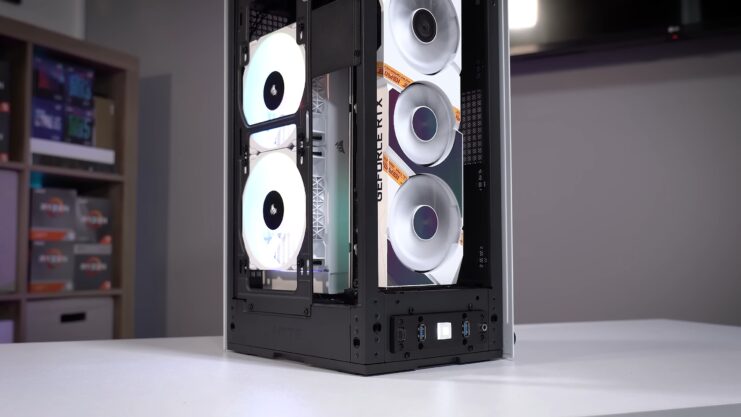
Some modern software come with a feature called Zero RPM Mode. This can sometimes be mistaken for a fan issue, but it’s a feature designed for quieter operation. Zero RPM Mode allows them to stop spinning under low loads.
It means when you’re browsing the web or doing light tasks, the fans might not spin, leading to quieter operation. If you prefer your fans to spin constantly, you can toggle off the Zero RPM Mode using the GPU control utilities mentioned earlier.
Remember that this mode is designed to offer a balance between performance and noise.
Why is Adequate Case Airflow Crucial?
While GPU fans play a crucial role in cooling, the overall airflow in your case is equally important. A well-ventilated case can prevent many overheating issues.
- Positioning Case Fans: Ensure you have a balanced number of intake and exhaust fans in your case. This promotes a steady flow of cool air, aiding the GPU fans in their cooling efforts.
- Regularly Cleaning Case Filters: Most modern cases come with dust filters. Ensure you clean these filters regularly to prevent dust buildup, which can hinder airflow and contribute to overheating.
FAQs
Do all GPUs come with built-in fans?
Most modern GPUs have built-in fans. But some low-power or passively cooled GPUs rely on heat sinks without active fans.
Are GPU fan speeds adjustable?
Many software utilities allow users to adjust GPU fan speeds, either manually or by setting specific temperature-based curves.
Do GPU fans consume a lot of power?
While they do consume power, it’s relatively minimal compared to the overall power consumption.
Can I add external fans to assist my built-in fans?
Adding case fans or specialized cooling solutions can help improve airflow and assist in cooling more effectively.
Are there any signs that indicate my graphic card’s fans might fail soon?
Unusual noises, erratic spinning, or the fan stopping intermittently can be early signs of potential failure.
Summary
The GPU is undeniably one of the most vital components of any modern computing system, especially for those who demand high-end graphics performance. Its fans play a pivotal role in ensuring the GPU operates within safe temperature limits, thereby guaranteeing optimal performance and longevity.
As we’ve explored in this comprehensive guide, there are various reasons why GPU fans might not spin, ranging from simple dust accumulation to more complex software issues.
Related Posts:
- 5 Best Online Games for Football Fans
- How to Spot a Drone at Night - 10 Ways to Identify Them
- The Resurgence of Vintage 90s Shirts: How to Style…
- Flashlight Not Working on Android Phone? 5 Steps to Fix It
- AirPods Microphone Not Working - 10 Tips How to Fix It
- How to Fix CPU Fan Error on Boot Time? - Quick Fix Tutorial

